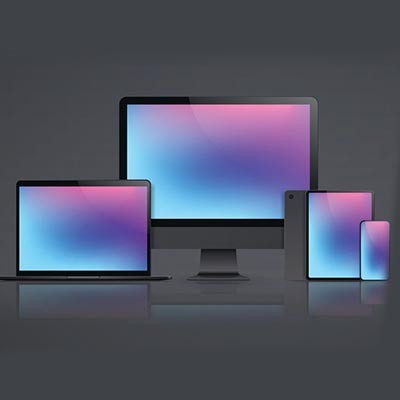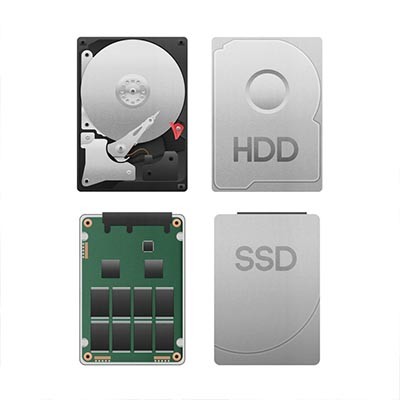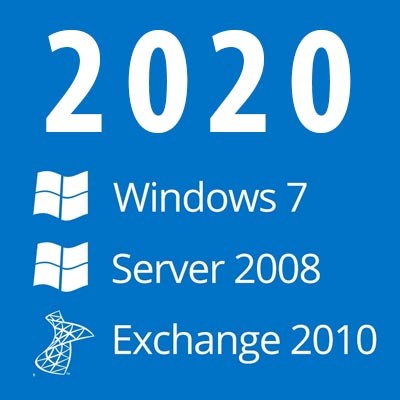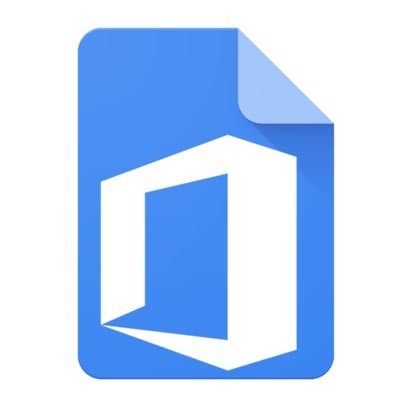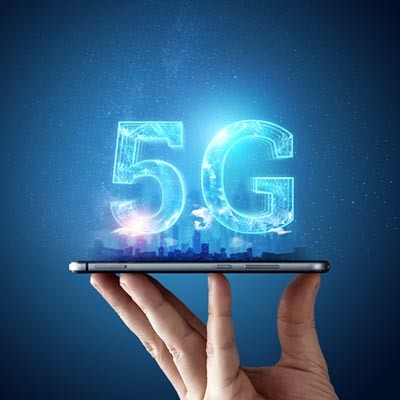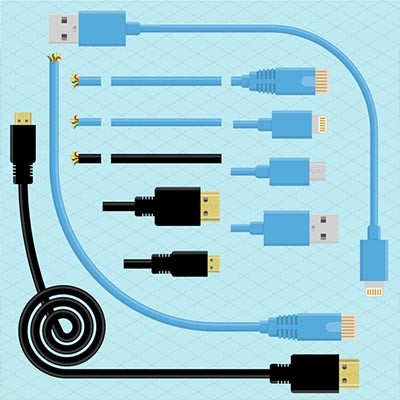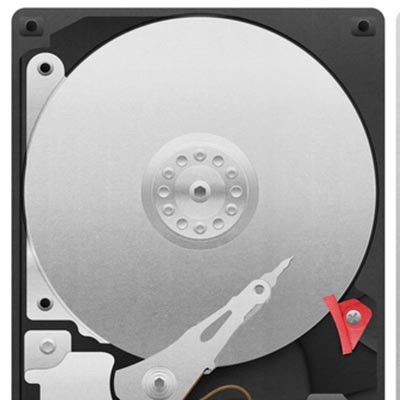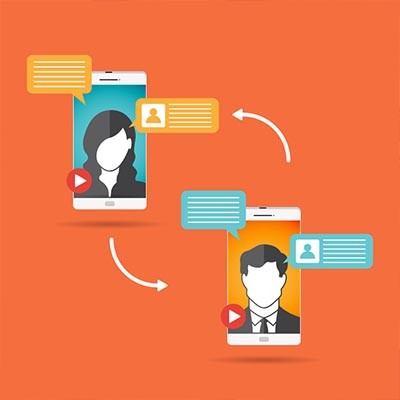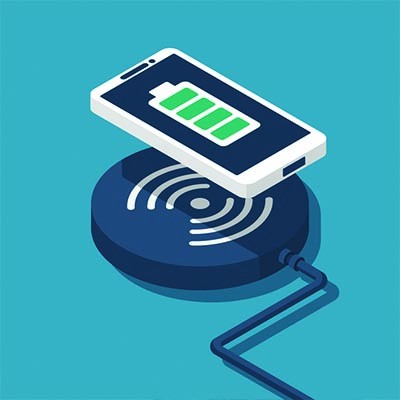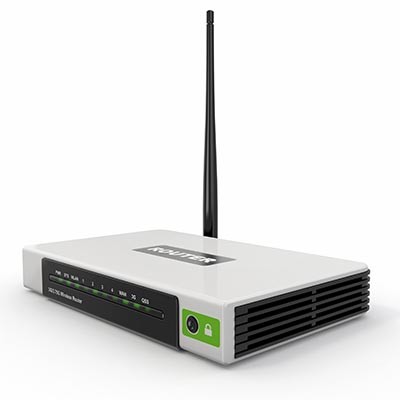Home
About Us
IT Services
Understanding IT
- Understanding General Data Protection Regulation Compliance
- Understanding Automation
- Understanding Ransomware
- Understanding Shadow IT
- Understanding Your Virtual Identity
- Understanding the Modern Office
- IT Threat Glossary
- Understanding Business Continuity
- Windows Server 2003: End of Life
- Understanding the Internet of Things
- Understanding Network Security
- Understanding SOX
- Understanding BYOD
- Understanding PCI DSS
- Windows XP End of Life
- Understanding HIPAA
- Cloud Computing
News
Blog
Support
Contact Us
(713) 979-2090
- Register
- Login
Zinc Blog
Your desktop needs a monitor or a screen to plug into it, so let’s discuss some of the options and considerations you should keep in mind when purchasing a new display. Chief among these are how many monitors you’ll need, the graphics type, and the specs associated with each of the monitors.
We’ve reached part three of our guide to buying a new computer. As you’re comparison shopping, you’ll probably notice that there are a few options regarding their storage. This is true of most modern gadgets, like smartphones and tablets. iPhones can come with 64 GB (gigabytes) of storage, or you can invest in a model with 128 GB. However, when selecting a computer (desktop or laptop), its memory is especially important to its performance.
Part two of our desktop buying guide is dedicated to RAM, or random access memory. Many users find this difficult to understand, so we’ll do our best to explain it and emphasize how important it is to ensure you get the best build possible for your new computer.
If you are looking to purchase a new desktop for your office or your home, you need to ask yourself several difficult questions to get the most bang for your buck. This is a five-part blog that will help you determine the right computer for the job. In this article, you’ll learn how to select the right CPU, or central processing unit.
Microsoft’s place as one of the forefathers of modern computing is solidified, and one reason is that most PCs in the world run Microsoft Windows OS. In fact, some figures have reported that the number of Windows run PCs compared with other OS’s to be about 9-to-1. With that many computers relying on Windows OS, the software giant has made a habit of updating their offerings with the capabilities of the hardware produced to run this OS. As a result, they can’t support older software titles forever. It just so happens that two of the most utilized operating systems Microsoft has ever created are approaching their end of life date. They are Windows 7 and Windows Server 2008 R2.
“Business as usual.” This is something that people say when their time at work matches their expectations. If your staff constantly has problems with the technology you’ve provided them, the saying may be in reference to your constant IT troubles, which would be problematic on several different fronts. If your company’s “business as usual” is dealing with downtime, runaway IT repair costs, and inefficient and variable productivity, you might want to consider managed IT services.
Despite Android Q being just around the corner, there’s a lot that Android Pie still has to offer. In fact, the average user might not have any idea that these features exist. This week, we’re offering a few tips that you can use to make your phone even more useful to your productivity.
For some time now, businesses have more or less had to choose between utilizing solutions provided by Google, or those that Microsoft has developed - exclusively. This was because these solutions offered no real inter-compatibility… until now, at least, as Google now allows users to edit Microsoft Office files in Google Docs.
Gmail is a massively popular email client for individuals and businesses, alike. As a business tool, Gmail is almost unmatched. This is mainly because it comes with a massive amount of space to archive emails and the ability to sync with other email providers. Another big draw is that it has several useful third-party applications that integrate with Gmail to provide even more communication tools. Today, we will take a look at four great Gmail integrations that can work for you and your business.
More and more is being said about the impending shift from fourth-generation wireless to fifth-generation, and how impactful this shift will be. The only problem is, a lot of what is being said is conflated hyperbole - exaggerated and overhyped.
If there’s one thing you likely have plenty of in your office, it’s cables. Each device you regularly use probably has compatibility with at least one kind of cable… but can you identify them and what they do? Below, we’ll go over a few common cable types so that you’ll be able to do just that.
VoIP, like most other business-grade technologies, was developed to give businesses (and other organizations) a chance to utilize the technology they spend so much money on for more than just for productivity. That’s not to say that VoIP platforms don’t have disadvantages, but the major disadvantages of VoIP are generally tied to the availability of a reliably strong bandwidth connection.
With several emerging technologies threatening to change the way that we look at the world, we live in a very exciting time. One of the most intriguing technologies is called blockchain. What was once looked upon as a technology that had no practical application is now beginning to be looked at as the answer to some of the most pressing security issues facing 21st-century technology users. Let’s take a look at blockchain.
Running a disk defrag has long been used as a quick fix to slow computer issues, but modern computers have afforded better practices that are less harmful to the device. We’ll explain what the issue is and why you want to avoid defragging your disk.
Today’s businesses are much more flexible in how they can hold meetings, thanks to the development of conferencing solutions. Using these solutions, many organizations have experienced operational benefits. Today, we’ll go over the considerations around selecting your business’ conferencing solution.
It seems that wireless power has fully upgraded from the electric toothbrush to our other electronics. This technology, known as near-field induction charging, has taken off… but it is still limited in the fact that the device has to be in contact with the charger. For now, at least.
With the 2018 repeal of net neutrality laws, many Internet users were concerned about the financial ramifications of those companies who profit off of the delivery of the Internet being put in control. The assumption was that speeds would plummet while costs grew. Now, about a year later, have these predictions turned out to be reality?
After the net neutrality laws were repealed in 2018, many people were afraid of what that would mean for their wallets. As huge telecommunications corporations gained control over the Internet, many Americans were left supposing that they were going to be facing higher bills and slower speeds. How has this materialized in the 11 months since net neutrality was repealed?
When a business utilizes its technology properly, the chances of it yielding positive results improve. That being said, technology isn’t a priority for every single business out there. There are some business owners out there that don’t prioritize the latest technology releases, and that’s perfectly fine, as long as the organization doesn’t let it hold them back from greatness.
- You are here:
- Home /
- Blog /
- Zinc IT Team /
- How the Internet of Things Can Transform Your Business


